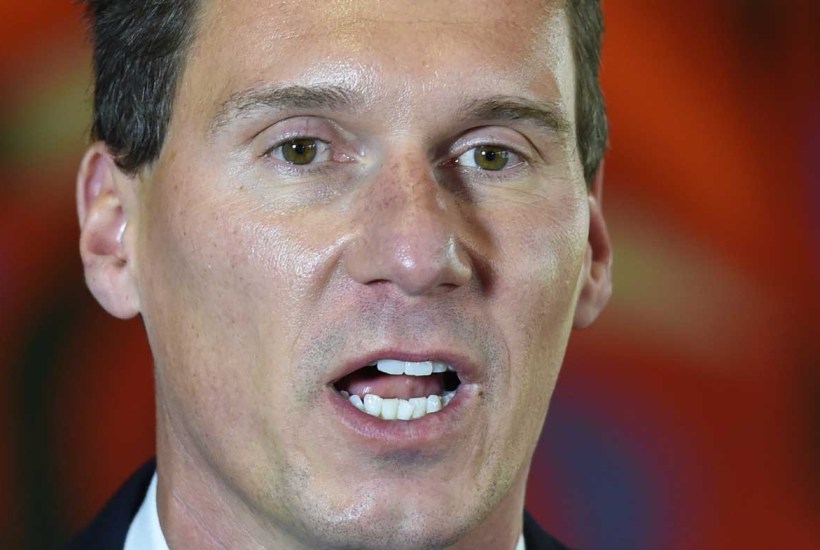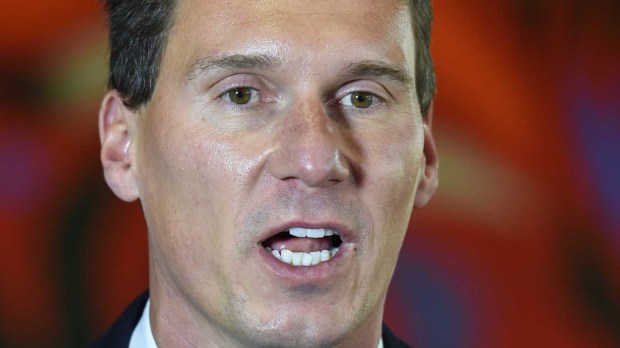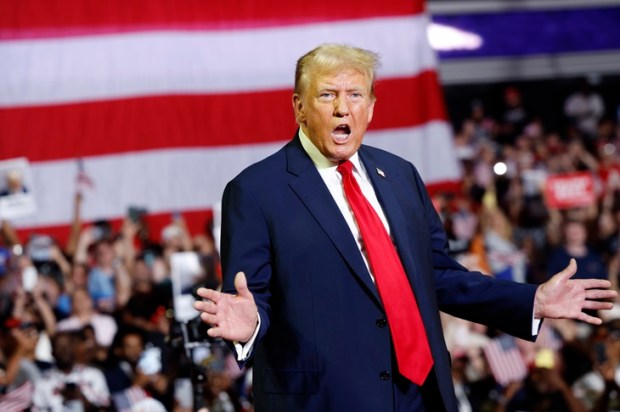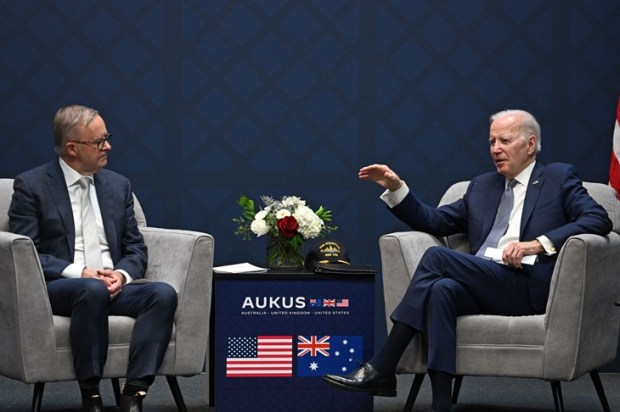With speculation rampant that the Coalition will take Australians to an early federal election in September 2018 to avoid a spate of state election campaigns, political manoeuvrings have already begun in the race for New South Wales’ sixth senate spot – the last to be decided at the expected traditional half-Senate vote.
Already a subscriber? Log in
Subscribe for just $2 a week
Try a month of The Spectator Australia absolutely free and without commitment. Not only that but – if you choose to continue – you’ll pay just $2 a week for your first year.
- Unlimited access to spectator.com.au and app
- The weekly edition on the Spectator Australia app
- Spectator podcasts and newsletters
- Full access to spectator.co.uk
Or


























Comments
Don't miss out
Join the conversation with other Spectator Australia readers. Subscribe to leave a comment.
SUBSCRIBEAlready a subscriber? Log in